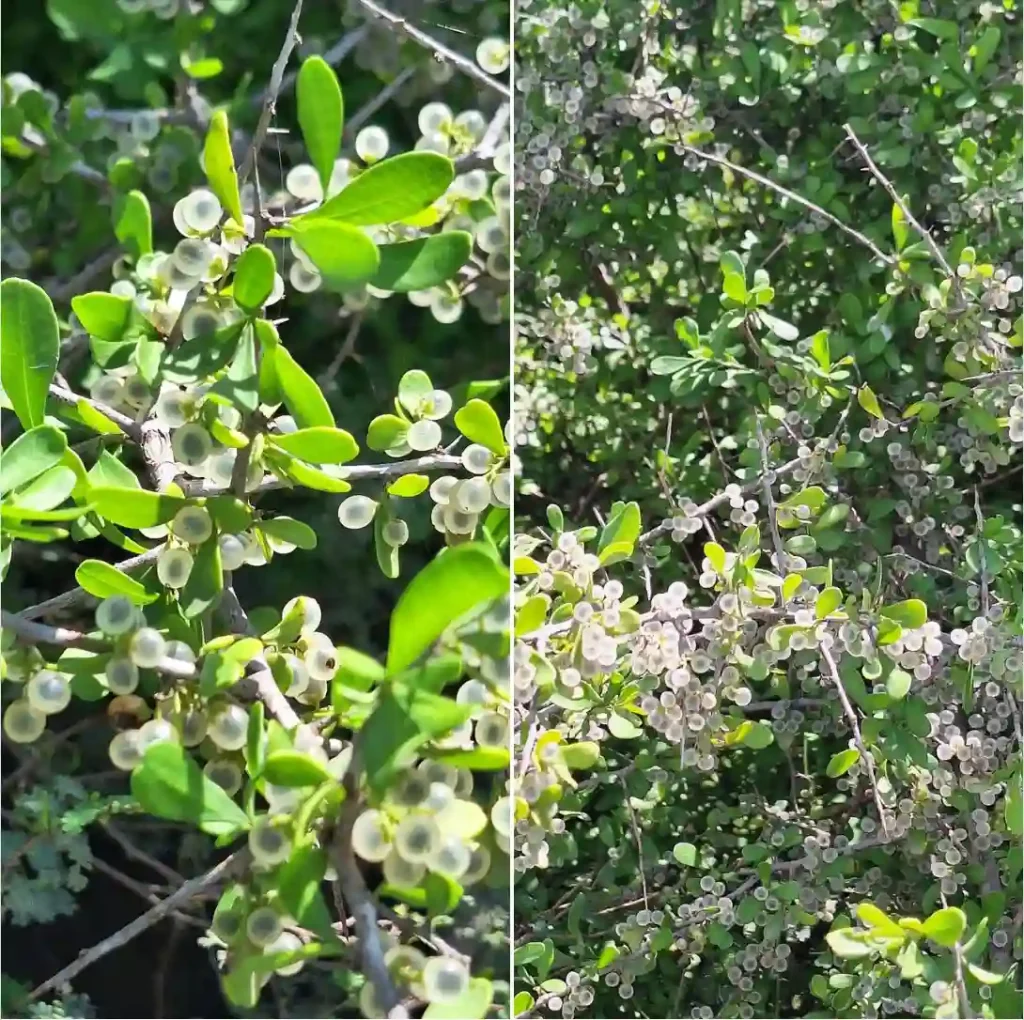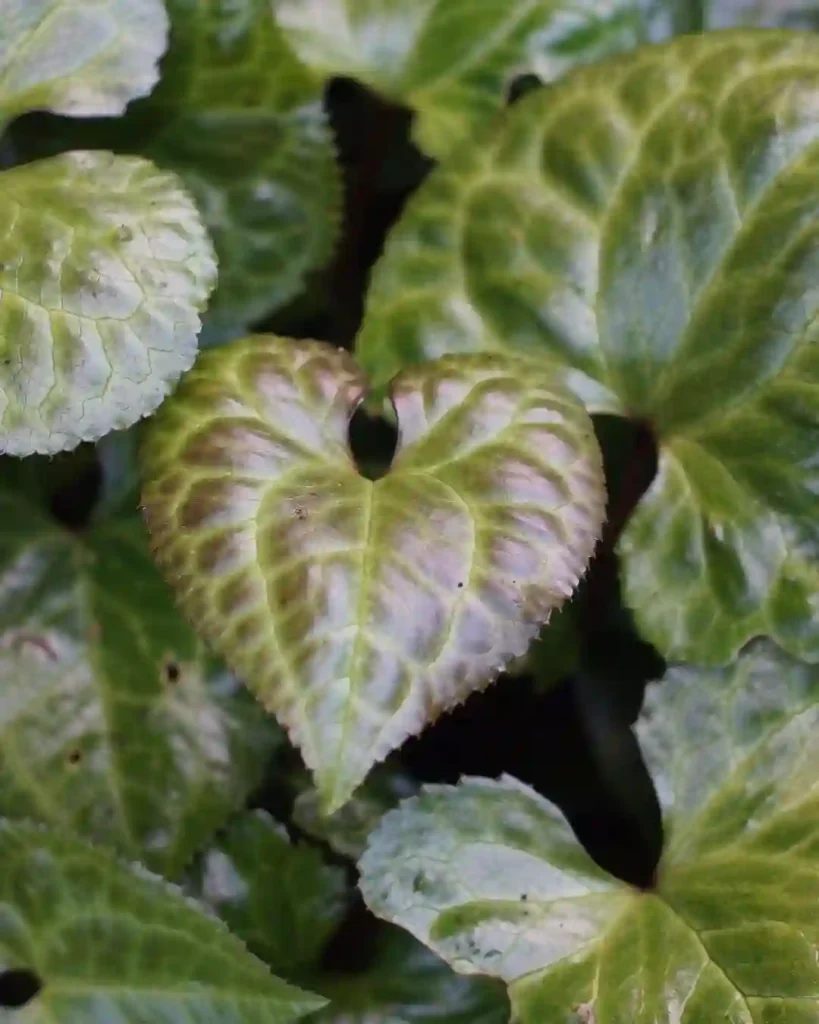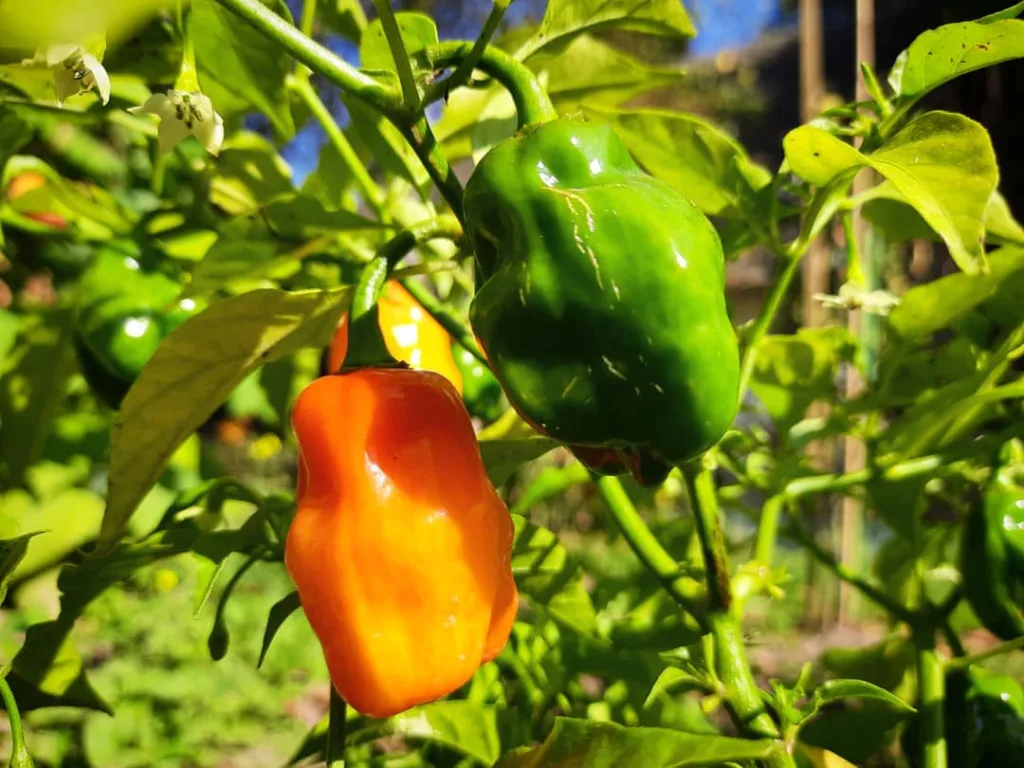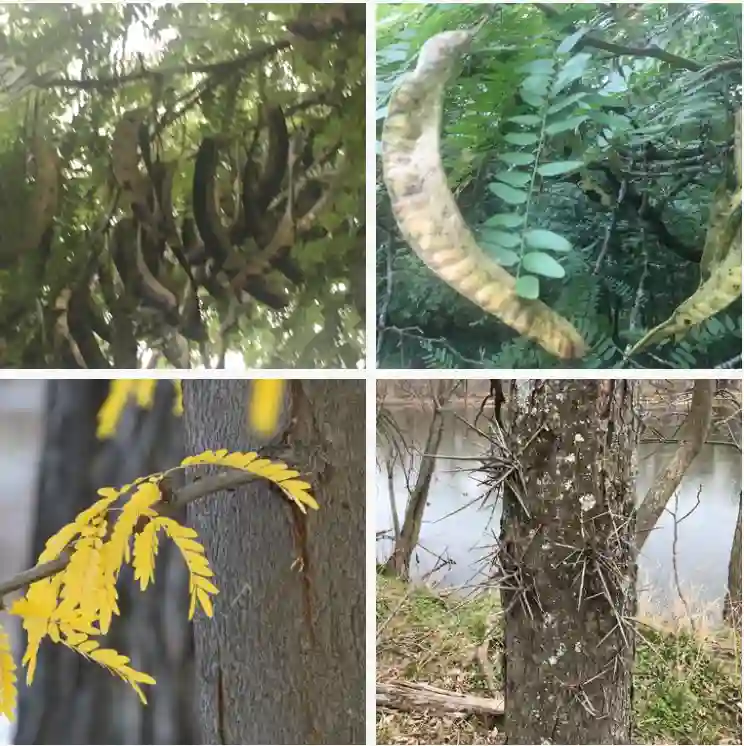FAQs About Artemisia Stelleriana
As a passionate gardener, I’ve found Artemisia Stelleriana to be a fascinating plant, often called Silvermound or Dusty Miller. This hardy perennial brings a unique texture and color to gardens, and I’ve gathered some frequently asked questions to help you get the most out of this beautiful addition to your landscape.
508 Species in Genus Artemisia
What is Artemisia Stelleriana?
Artemisia Stelleriana is a perennial herb belonging to the Asteraceae family. This plant is native to the coastal regions of North America and parts of Asia. Its silvery, soft leaves provide an eye-catching contrast against darker foliage in gardens. The plant typically grows to about 12 to 18 inches tall and spreads easily, making it a great ground cover.
How to Care for Artemisia Stelleriana?
Caring for Artemisia Stelleriana is relatively straightforward, which is one reason I love it. Here are some key points to keep in mind:
- Sunlight: This plant thrives in full sun. Aim for at least 6 hours of direct sunlight each day. If it doesn’t get enough light, it may become leggy and lose its appealing shape.
- Soil: Well-draining soil is essential. Artemisia Stelleriana prefers sandy or rocky soils but can adapt to various soil types as long as they are not waterlogged.
- Watering: While establishing the plant, I recommend watering it regularly. However, once established, it is quite drought-tolerant. Overwatering can lead to root rot, so it’s best to let the soil dry out between waterings.
- Fertilization: Fertilizing is generally unnecessary. I usually skip this step unless the growth appears stunted, in which case a balanced, slow-release fertilizer can be applied in early spring.
How to Propagate Artemisia Stelleriana?
Propagating Artemisia Stelleriana is a simple process that I find rewarding. Here are two effective methods:
- Seed Propagation: You can start from seeds in early spring. Scatter the seeds on the soil surface and lightly press them in. Keep the soil moist until germination occurs, which usually takes about two weeks.
- Division: In early spring or fall, you can divide established plants. Carefully dig up the plant, ensuring that each division has roots and shoots. Replant the divisions in well-prepared soil, and they will quickly establish.
What to Plant with Artemisia Stelleriana?
When planning your garden layout, consider companion plants that complement Artemisia Stelleriana’s silvery foliage. Some of my favorites include:
- Lavender: The purple blooms of lavender contrast beautifully with the silver leaves, and both plants enjoy similar growing conditions.
- Sedum: These drought-tolerant succulents create a lovely, low-maintenance garden bed when paired with Artemisia.
- Echinacea: The bold, colorful flowers of Echinacea provide a stunning visual against the backdrop of Artemisia’s soft leaves.
Is Artemisia Stelleriana Toxic?
One question I often hear is whether Artemisia Stelleriana is toxic. The good news is that this plant is considered non-toxic to pets and humans. However, as with any plant, it’s wise to monitor for allergic reactions, especially in children or pets that may be curious.
Benefits of Artemisia Stelleriana
I find that Artemisia Stelleriana offers several benefits beyond its aesthetic appeal:
- Drought Resistance: This plant is perfect for xeriscaping and low-water gardens, making it an eco-friendly choice.
- Pest Resistance: Its strong aroma can deter certain pests, which is an added benefit in my garden.
- Versatility: Artemisia works well in various settings, including rock gardens, borders, and even containers.
Common Problems with Artemisia Stelleriana
While I enjoy growing Artemisia Stelleriana, it’s essential to be aware of potential issues:
- Powdery Mildew: This fungal disease can affect the plant, especially in humid conditions. Ensuring good air circulation and avoiding overhead watering can help prevent it.
- Overwatering: As mentioned earlier, too much water can lead to root rot. It’s crucial to monitor soil moisture levels.
Compare with Similar Plants
I often get asked how Artemisia Stelleriana compares to other similar plants, like Lamb’s Ear (Stachys byzantina) and Dusty Miller (Senecio cineraria).
- Lamb’s Ear: This plant has fuzzy leaves and a more upright growth habit. While both have soft foliage, Lamb’s Ear can be more invasive in some areas.
- Dusty Miller: Though it shares a common name, Dusty Miller tends to have more rounded leaves and is often grown for its contrasting colors with flowers.
In summary, Artemisia Stelleriana is a versatile and attractive choice for any garden. Its unique qualities and low-maintenance nature make it a favorite of mine. By understanding how to care for it, propagate it, and what to pair it with, you can enjoy the beauty and benefits of this wonderful plant in your own space.
If i die, water my plants!



